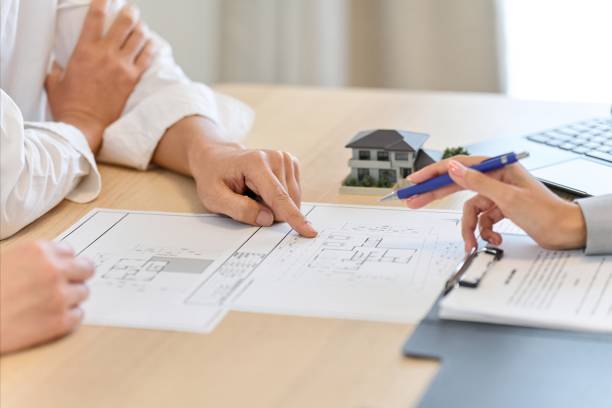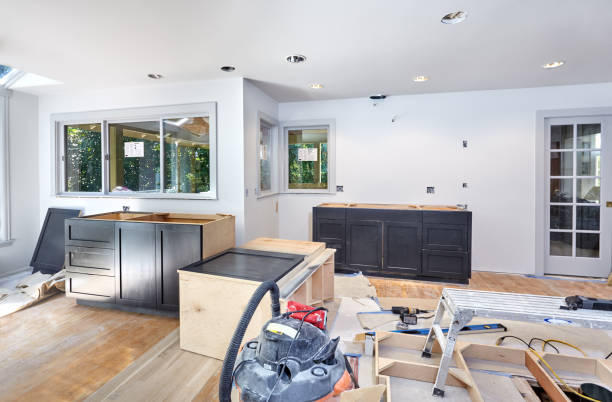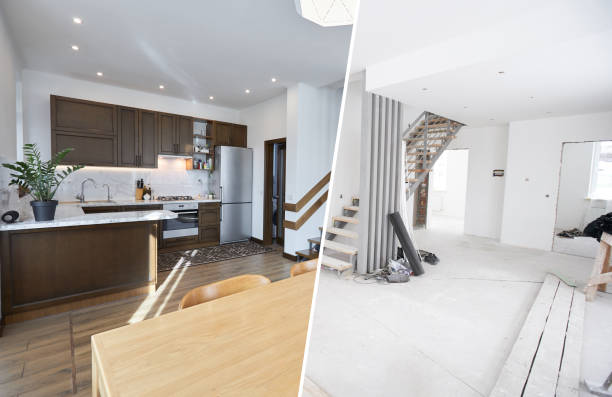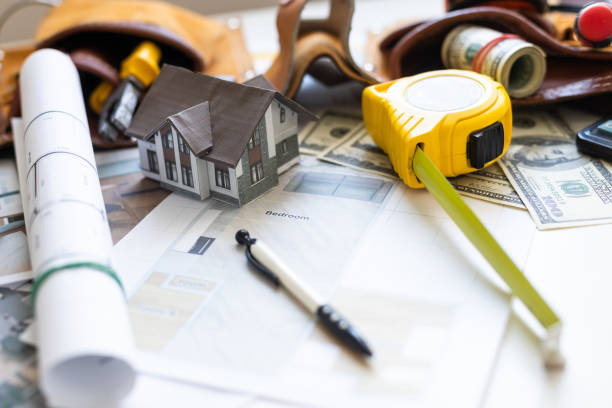Renovating your home can be one of the most rewarding yet challenging projects you’ll ever undertake. From revamping a kitchen to transforming your living space, each step requires thoughtful planning, patience, and clear goals.
While many view renovations as daunting, a structured approach can make the process smooth, cost-effective, and ultimately successful.
This guide offers a fresh, unique perspective on how to effectively plan a home renovation. It provides actionable advice for every stage, from setting your budget to the final walkthrough.
1. Define Your Vision: The Heart of Renovation Success

Before hammering the first nail, visualize your end goal. What changes do you want to see in your space? Is it about boosting property value, enhancing comfort, or modernizing outdated features? Clarifying this vision allows you to focus your efforts, especially if you work within a limited budget.
Key Action Step:
Make a vision board with magazine clippings, online images, or Pinterest inspiration.
Identify the “must-haves” aspects versus “nice-to-haves” to keep priorities clear.
Your vision becomes the north star for your renovation, guiding your design choices, material selection, and budget allocation.
2. Budget Wisely: Avoid the Pitfalls of Overspending
Setting a budget is one of the most crucial steps. Without it, renovation costs can spiral out of control. The key is to be realistic and leave room for unexpected expenses — because they will happen.
How to Budget Effectively:
List all expenses: Labor, materials, permits, inspections, furniture, and emergency funds.
Pad your budget: Set aside at least 10-20% for unforeseen expenses.
Research material costs: Knowing the flooring, paint, and fixtures costs prevent last-minute price shocks.
Pro Tip: Prioritize spending on items that add long-term value, like energy-efficient appliances or durable countertops, rather than flashy but non-essential features.
3. Create a Renovation Roadmap: Plan, Plan, and Plan Again
With your budget in place, it’s time to build a roadmap. This plan will break down the entire renovation into phases, each with its timeline and completion goals.
Key Steps to Create Your Roadmap:
Set a start and end date for the entire project.
Break down each task (demolition, plumbing, painting, etc.) and assign deadlines.
Identify dependencies — For instance, paint may need to wait until electrical work is done.
Why It Matters:
A clear timeline keeps contractors on track and ensures you meet deadlines. If you’re living in the home during renovations, this roadmap will also help you plan for daily disruptions.
4. Secure Necessary Permits: Don’t Let Legal Issues Delay You
Certain renovations require permits, especially for work that alters the structure, plumbing, or electrical systems of a home. Operating without a permit can result in fines, delays, or issues with home resale later.

How to Stay Compliant:
Check your local building authority’s website for permit requirements.
Your contractor may handle permits for larger projects but always verify this.
Pro Tip: If you’re selling the home later, buyers may ask for proof of permits for major renovations. Ensure your paperwork is in order from the start.
5. Design Your Space with Purpose: Style, Function, and Flow
With permits and plans secured, it’s time to design. The design stage blends functionality with style, ensuring your home looks good and serves your daily needs.
Design Considerations:
Space layout: Ensure open areas have good flow, especially in kitchens and living rooms.
Lighting: Natural light boosts well-being. Prioritize larger windows, skylights, or brighter wall colours.
Sustainability: Consider energy-efficient appliances, low-VOC paints, and eco-friendly materials.
Pro Tip: Hire an interior designer if you struggle with layout or material selection. Their input could save you costly redesigns later on.
6. Hire the Right Professionals: From DIY to Full Contractor Teams
Some homeowners opt for DIY renovations, but larger projects may require the expertise of contractors, electricians, or architects. Choosing the right professionals can save you from costly mistakes.

How to Choose the Right Contractor:
Check references: Request past client testimonials or photos of completed projects.
Ask about licenses: Verify they have the necessary certification to perform the work.
Get multiple quotes: Compare 3-5 quotes to gauge price fairness.
Pro Tip: Look for contractors with liability insurance to protect you if something goes wrong.
7. Choose Materials Smartly: Balance Quality, Cost, and Style
Materials can make or break your renovation. Choose wisely to avoid quick wear and tear or clashing aesthetics.
How to Choose the Best Materials:
Durability first: For kitchens, opt for stain-resistant countertops and water-resistant flooring.
Think long-term: High-quality materials may be pricier but save you from frequent replacements.
Eco-friendly choices: Bamboo, recycled materials, and low-VOC products contribute to a healthier home.
Pro Tip: Visit local supply stores and request material samples. Seeing and touching materials in person gives you better insight than online photos.
8. Prepare Your Space: Ready, Set, Clear!
Before contractors arrive, clear the area to protect furniture and avoid damage. Move items into storage or covered areas, and make alternative living arrangements if essential rooms are under renovation.

Actionable Tips:
Store items in a garage, basement, or rented storage unit.
To protect your furniture, use plastic sheeting or drop cloths.
Arrange temporary accommodations if kitchens or bathrooms are out of use.
9. Oversee the Renovation Process: Stay Involved and Informed
Once the renovation begins, your role shifts to “project manager.” Stay engaged to catch issues early, clarify instructions, and communicate clearly with your contractors.
How to Oversee Like a Pro:
Conduct regular site visits.
Request daily or weekly updates from the contractor.
Create a checklist of milestones to ensure the project stays on track.
Pro Tip: Build a solid relationship with your contractor. If you show appreciation and respect, they are more likely to prioritize your project.
10. Final Inspection and Walkthrough: Leave No Stone Unturned
The final walkthrough is the last chance to ensure all aspects of the project meet your expectations. Review each room, check finishes, and identify flaws requiring touch-ups or corrections.

Checklist for Final Walkthrough:
Walls and paint should be smooth, with no scratches or bubbles.
Flooring should be flat and seamless.
Electrical and plumbing fixtures should function correctly.
Cabinets and doors should open/close smoothly.
Pro Tip: Bring a checklist and a phone to document any issues with photos. Contractors are more likely to prioritize documented items.
Common Pitfalls to Avoid
1. Unrealistic Timelines — Renovations often take longer than expected. Pad the schedule for unexpected delays.
2. Ignoring Inspections — Hidden issues (like plumbing) may not be visible but could cause costly delays. Inspections reveal hidden problems early.
3. Not Having a Contingency Fund — Set aside at least 10-20% for unforeseen costs, like water damage or supplier delays.
In Summary: Your Renovation Blueprint
Renovations are as much about preparation as execution. You can achieve the home transformation you’ve always dreamed of with a clear vision, a realistic budget, and the right team of professionals. From DIY enthusiasts to those hiring contractors, following these 10 steps ensures a smooth, stress-free renovation.
Key Takeaways:
Start with a vision and a list of must-have changes.
Budget realistically and leave room for surprise expenses.
Hire reliable professionals, but stay engaged as a project manager.
Prioritize sustainable materials for style, durability, and health.
With these fresh insights, you can tackle your next home renovation like a pro. Let your dream home become a reality, one thoughtful step at a time.

